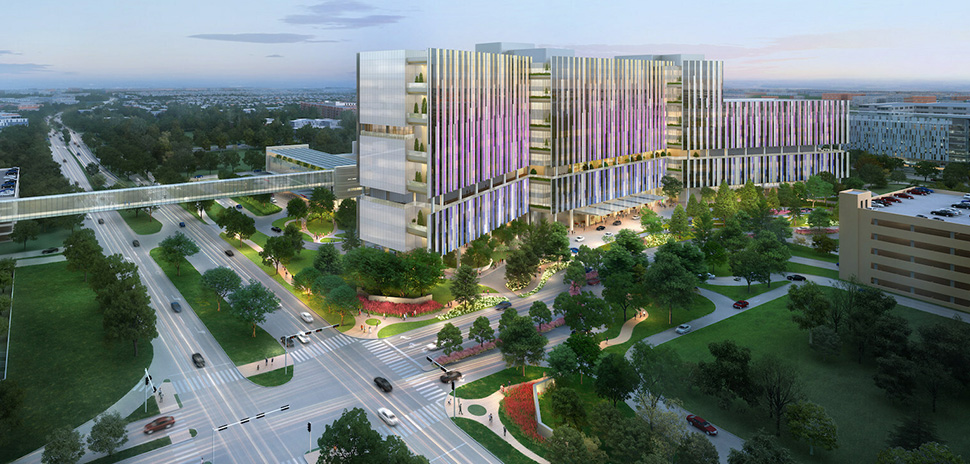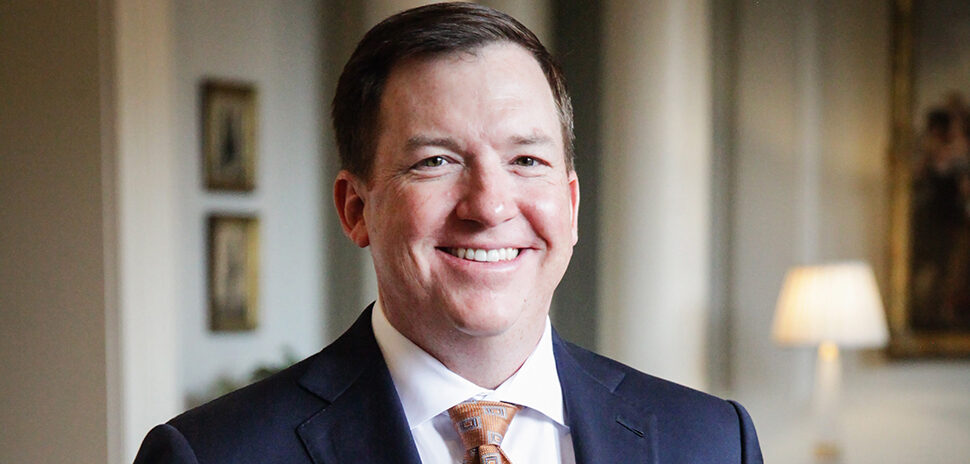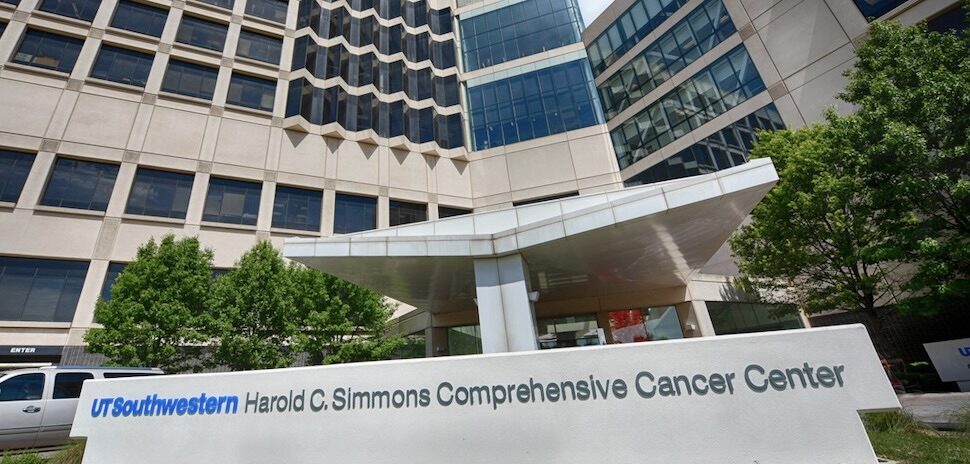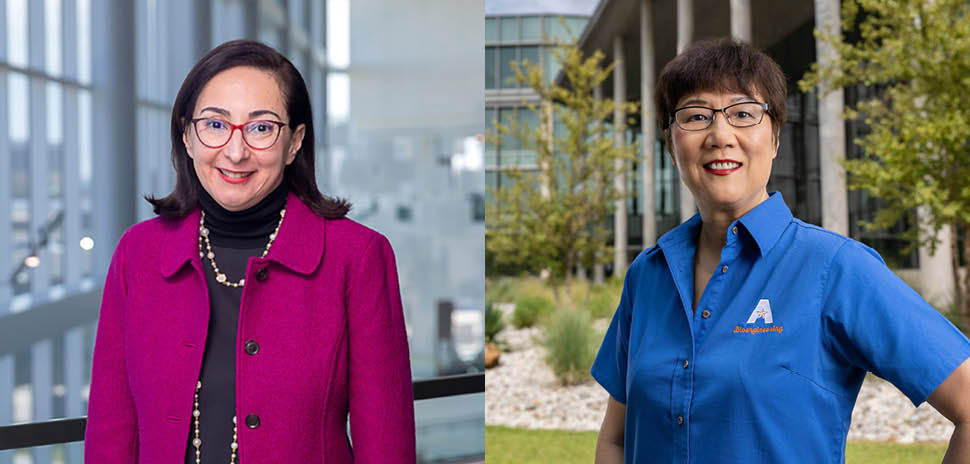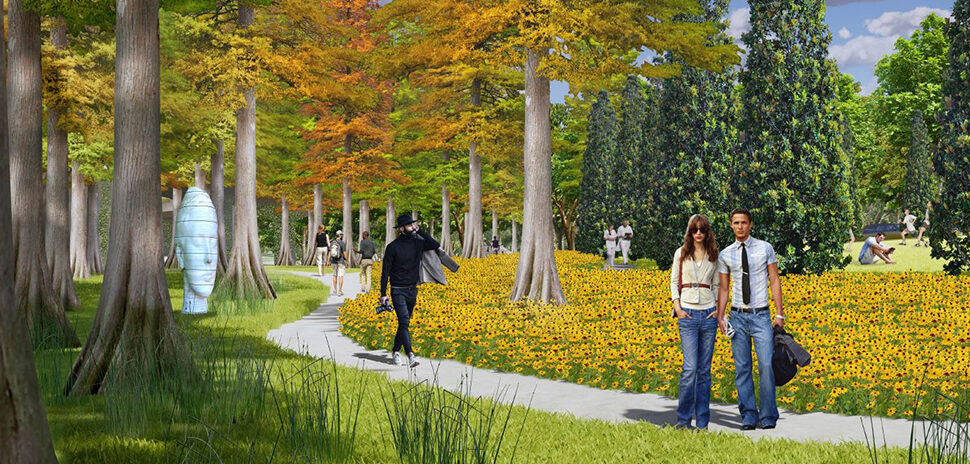Children’s Health and UT Southwestern Medical Center have unveiled plans for a new $5 billion pediatric health campus in Dallas’ Southwestern Medical District. The new campus will span more than 33 acres and offer a “patient-centric design” that can meet the “rapidly increasing need” for all types of pediatric services, the partners said.
The campus will serve as a joint hub for innovation, academic research and training, and the development of life-saving technologies to provide exemplary care for the youngest members of the community.
“For more than 110 years, Children’s Health has served the children of North Texas, adapting and growing with the needs of our community,” Christopher Durovich, president and CEO of Children’s Health, said in a statement. “This new pediatric campus, a joint investment with UT Southwestern, enhances our shared capacity to provide comprehensive care for children, including those with the most complex medical and surgical needs. It enables us to continue pioneering academic research, life-saving treatments, and industry-leading technology for pediatric patients for generations to come.”
The roughly 2 million-square-foot children’s hospital will have two 12-story towers and an 8-story tower to replace the existing Children’s Medical Center Dallas—significantly expanding inpatient, surgical, and ambulatory capacity to meet the needs of one of the fastest-growing and largest metropolitan areas in the country. The pediatric campus, expected to open in the next six to seven years, will be built on the UT Southwestern Campus on the corner of Harry Hines Boulevard and Mockingbird Lane, across from UTSW’s William P. Clements Jr. University Hospital.
Project highlights
Highlights of the project include:
- 4.5 million square feet of construction
- 552 beds (38% increase) with space for future expansion
- Increased emergency department space (15%) and operating rooms (22%)
- Two helicopter pads
- A Level I pediatric trauma center, 90 ER exam rooms and 24 observation rooms
- A connector bridge between the new campus and Clements University Hospital, ensuring continuity of care for babies with direct access to the pediatric expertise provided at the Children’s Health Level IV NICU and Cardiovascular Intensive Care Unit (CVICU)
- A new fetal care center to provide the region’s most advanced and accessible services for complex maternal and fetal health care, including fetal surgery capabilities at the adjoining Clements University Hospital
- A new outpatient clinic building that will add 96 exam rooms to the 344 that will continue to operate at the existing Specialty Center Dallas outpatient facility on Stemmons Freeway at Medical District Drive
Rising demand for pediatric healthcare
“The pediatric campus is the next chapter in our more than 60-year partnership with Children’s Health and will elevate clinical innovation and transformative science that will benefit pediatric patients and their families for generations to come,” Daniel K. Podolsky, M.D., president of UT Southwestern Medical Center, said in a statement. “The expertise on our campus, supported by state-of-the-art technologies and facilities, will enhance our commitment to excellence and compassion in providing the very best care for children and position us to accelerate the future of pediatric medicine together.”
The organizations said that demand for healthcare in Dallas-Fort Worth continues to increase with the population growth consistently outpacing the national average.
They said it’s estimated that by 2025, the region will be home to 8.5 million people. Currently, the pediatric population in the Dallas-Fort Worth region is almost 2.5 million, expected to surpass 3 million children by 2032 and to double by 2050.
An environment to help kids heal
The new campus is designed to optimize the well-being of patients and their families and to ensure that kids get the most advanced medical care for the entire spectrum of pediatric medical needs. Childrens Health said that the spaces will offer a unique environment that supports compassionate and personalized patient and family experiences, aiming to reduce stress and foster health and healing.
“Our comprehensive and team-based care approach is unique in the region, highlighted by specialists in every pediatric field who collaborate to provide compassionate, high-quality care for children,” Maeve Sheehan, M.D., chief medical officer, Children’s Medical Center Dallas, and professor and vice chair for Clinical Operations at UT Southwestern, said in a statement. “This type of care model has been front and center in our design process, guiding the creation of spaces that not only accommodate medical excellence but also prioritize the comfort, healing, and individual needs of each child.”
Collaboration dates back more than 60 years
The two organizations—rated among the top 20 hospitals in the nation in respective pediatric and adult care categories by U.S. News and World Report—began their collaboration more than 60 years ago and said they have improved the health of millions of children in Texas and beyond.
They said the new pediatric campus will capitalize upon the extensive academic resources and collaborative, leading-edge research underway at UTSW.
The innovative design of facilities—next door to UTSW’s globally ranked research hub—will help recruit leading pediatric clinicians, established and emerging researchers, residents, fellows, medical students, and the most talented individuals in nursing, medical technology, and related health professions.
Other Children’s Health projects
The campus adds to the ongoing investments Children’s Health continues to make to meet the region’s growing pediatric medical and surgical needs.
Late this year, Children’s Health plans to open its new Plano hospital tower, which will ultimately triple the number of beds and significantly increase clinical capabilities.
In 2025, Children’s Health will occupy the second floor of the 150,000-square-foot UT Southwestern Medical Center at RedBird, part of the Reimagine RedBird development. It said that it’s also expanding access to care in surrounding communities with new specialty centers, a growing primary care network, and more.
![]()
Get on the list.
Dallas Innovates, every day.
Sign up to keep your eye on what’s new and next in Dallas-Fort Worth, every day.










